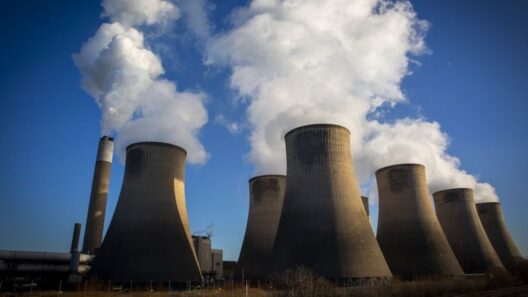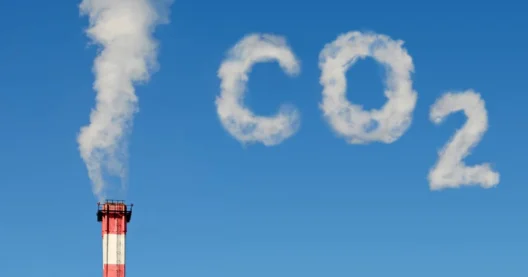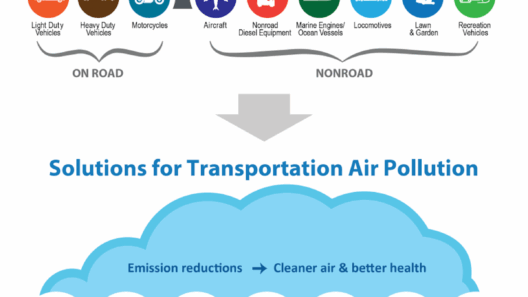The tropical climate, characterized by its hot and humid conditions, has long captivated the imagination of scientists, explorers, and travelers alike. Its stunning biodiversity, vibrant ecosystems, and cultural richness create a kaleidoscope of life that intrigues many. While the allure of cascading waterfalls, lush rainforests, and expansive coastlines is often celebrated, the complexities of tropical climates deserve a more nuanced exploration. This investigation will delve into the intricacies of tropical humid climates, examining their defining characteristics, ecological significance, and the anthropogenic challenges they face.
At the heart of understanding tropical climates lies the classification system developed by Vladimir Köppen. The Köppen climate classification delineates distinct groups based on temperature and precipitation patterns. Tropical climates fall into the “A” category, specifically categorized as tropical humid (Af), tropical monsoon (Am), and tropical savanna (Aw). These classifications reflect the impact of rainfall and temperature throughout the year, framing the climatic conditions necessary for sustaining the rich biodiversity typical of these regions.
Tropical humid climates are predominantly found near the equator, where the sun’s rays strike the earth at a more direct angle, leading to consistently high temperatures. Average annual temperatures hover around a balmy 25°C to 30°C (77°F to 86°F). Unlike temperate zones, where we observe marked seasonal variations, tropical regions experience minimal fluctuations in temperature. This stability creates ideal conditions for complex ecosystems to thrive.
Precipitation is one of the defining features of tropical climates. These areas typically receive substantial rainfall, often exceeding 2000 mm (78 inches) annually. Rainfall distribution varies significantly, shaped by geographical features, trade winds, and ocean currents. In tropical humid climates, rains are usually concentrated in distinctly defined wet seasons, fostering flourishing vegetation and diverse habitats.
The most prominent biome within tropical humid climates is the tropical rainforest, often referred to as the “lungs of the earth.” These rich tapestries of flora and fauna house an estimated 50% of the world’s terrestrial biodiversity. The interdependence among species, from towering trees to the smallest fungi, is astonishing. Epiphytes, insects, and numerous animal species are intricately woven into this ecological fabric, creating a dynamic and resilient environment. The canopy layer, potentially reaching heights over 30 meters (98 feet), forms a unique habitat that supports a plethora of wildlife.
Moreover, the tropical monsoon climate receives intense rainfall during the monsoon season, which is crucial for agricultural practices in many developing nations. In countries like India and Bangladesh, the monsoon rains reignite the agrarian economy, replenishing water sources and ensuring the sustenance of crops. However, the torrential downpours can also lead to devastating floods, underscoring the duality of this climatic phenomenon.
The tropical savanna, another prominent feature of tropical climates, is characterized by a mix of grasslands and scattered trees, showcasing a different ecological narrative. This region experiences prolonged dry seasons, with rains concentrated in the warmer months. The emerging tree populations and seasonal grasses sustain various herbivores and predatory animals, making these areas vital for biodiversity and food webs.
Despite their intrinsic value, tropical climates face daunting anthropogenic challenges. Deforestation, driven by logging, agriculture, and urbanization, poses a significant threat to these delicate ecosystems. The eradication of vast tracts of rainforest leads to loss of biodiversity, disruption of hydrological cycles, and contributes to climate change through increased carbon emissions. The personal and collective enjoyment of tropical landscapes often overlooks the fragility of such environments. Understanding the profound interconnections present within these ecosystems is critical for fostering sustainable practices.
Furthermore, as climate change accelerates, tropical climates experience transformations that disrupt established weather patterns. Increased frequency and intensity of extreme weather events, such as hurricanes and tropical storms, underscore the urgent need for adaptation and mitigation strategies. Rising sea levels imperil coastal communities, while changing precipitation patterns threaten agricultural stability. Vulnerable populations in tropical regions may face unprecedented challenges, raising questions about food security and social equity.
The fascination with tropical climates transcends mere aesthetics. It invites contemplation of human impacts and our responsibilities toward preserving such vital ecosystems. The verdant allure of lush jungles and the enchanting melodies of endemic wildlife evoke a sense of interconnectedness with the earth. Recognizing the indispensable role of tropical climates in regulating global climate systems and sustaining biodiversity highlights the urgency for conservation efforts.
Addressing the challenges facing these climates requires a multi-faceted approach, integrating scientific research, indigenous knowledge, and innovative agricultural practices. Initiatives to restore deforested areas, promote sustainable land use, and enhance biodiversity can lead to resilient ecosystems capable of withstanding external pressures. Conservation strategies that respect and incorporate local communities are essential for success, as these societies often possess profound ecological wisdom passed down through generations.
Ultimately, tropical climates offer a window into the magnificent interconnectedness of life. To preserve these environments is to cultivate a clearer understanding of our place within the natural world. As guardians of the earth, we must embrace our role in nurturing the lush tapestry of life that flourishes in hot and humid conditions, ensuring that future generations inherit a world rich in wonder and diversity.







